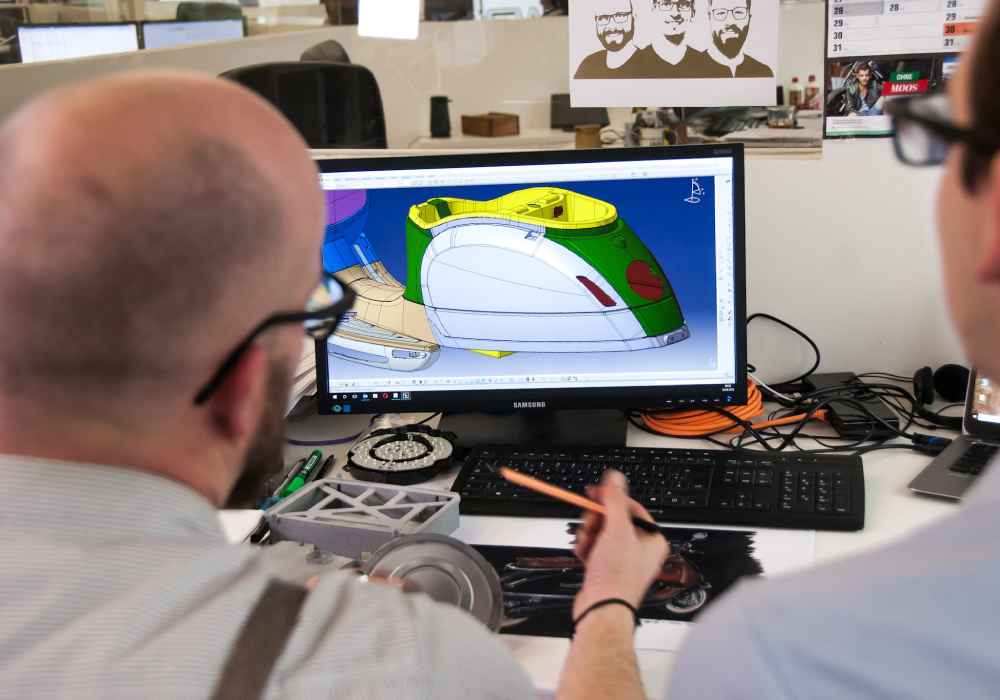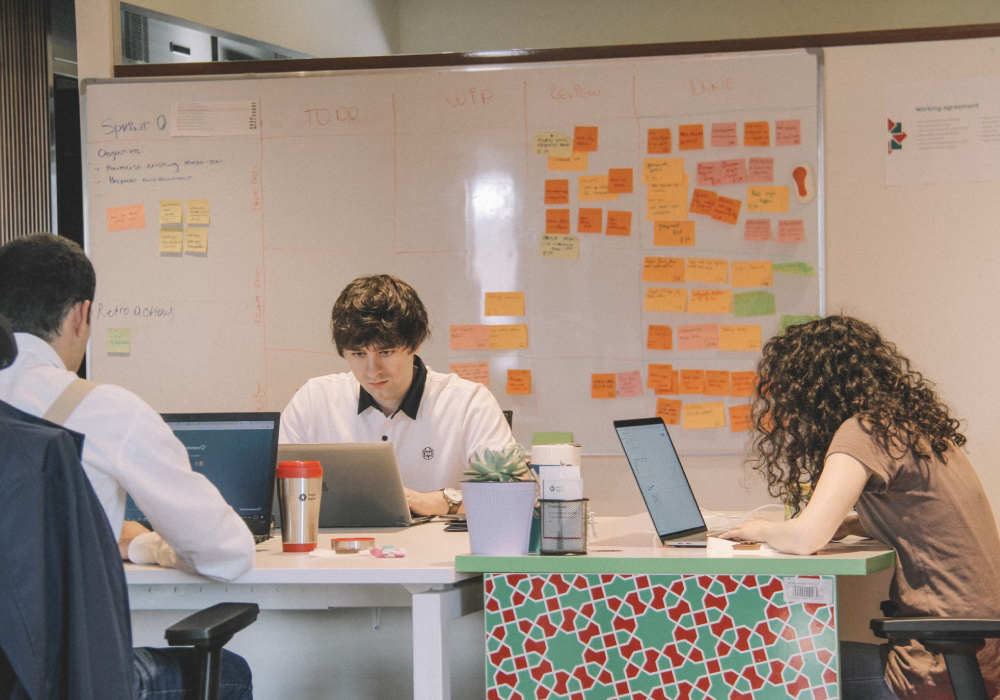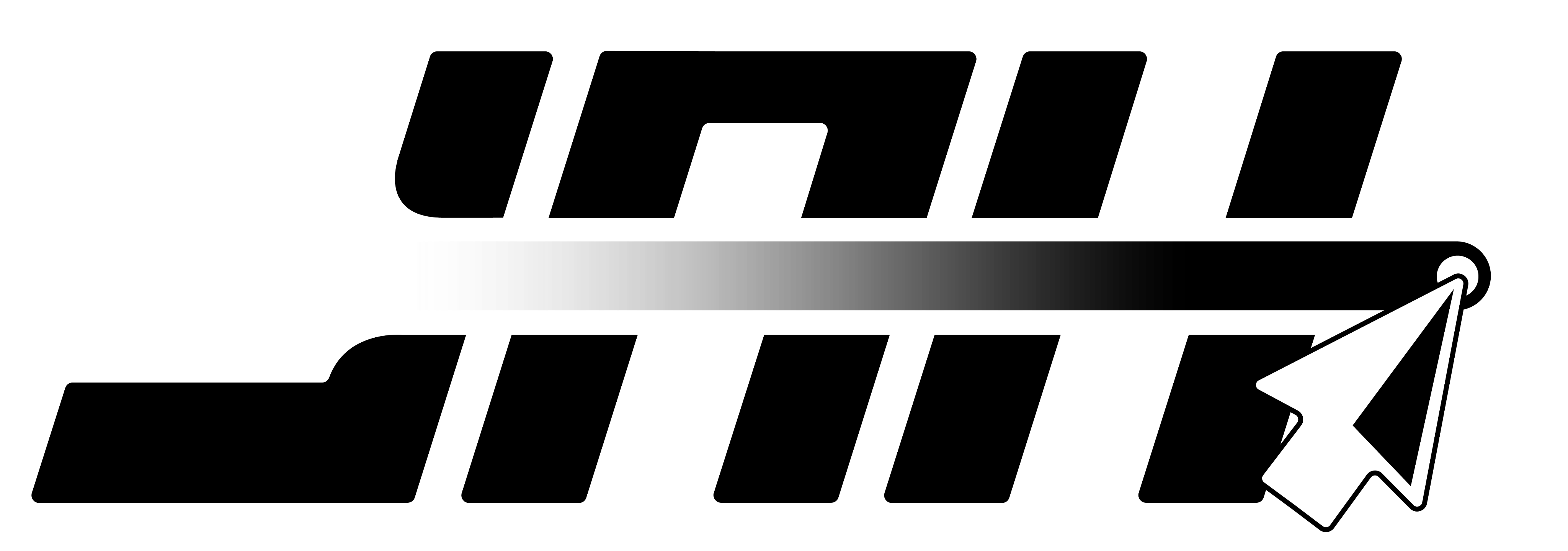In today’s fast changing technological landscape the product design has developed as a key discipline that forms the user experience and determines the success or failure of digital products. You must build a well skill set to show in this competitive market as a beginner. This comprehensive guide explores the top 12 product designer skills for any aspiring designer for a meaningful and influential career.
1. User Research and Responsiveness
Understanding end-user needs, behaviors, and discomfort spots is the foundation of great product design. Conducting user research through interviews, questionnaires, and usability testing enables designers to gather useful insights and empathize with their proposed audience. This empathy drives the development of user centric solutions that appeal to the intended audience.
2. Problem Solving and Analytical Thinking
Most popular and top product designers like Jah Creative are problem solvers at heart. They must be able to detect problems, analyze them, and create creative design solutions. Analytical thinking abilities allow designers to evaluate material objectively, challenge assumptions, and investigate alternate perspectives for more hearty and user-friendly designs.
3. Wireframing and Prototyping
Wireframes and prototypes are important Product Design tools for visualizing and testing design concepts before investing major resources in development. Designers that are proficient in tools such as Figma, Adobe XD, and InVision may build basic wireframes and interactive prototypes. It is allowing collaboration and gaining valuable input early in the design process.
4. Visual Design and UI/UX Principles
A detailed understanding of visual design principles such as typography, color theory, layout, and iconography is essential for producing visually appealing and intuitive user interfaces. Understanding UI/UX best practices guarantees that the product is not only visually beautiful but also provides a smooth and engaging user experience.
5. Design Interaction
Interactive design focuses on the smooth flow of user interactions inside a product. Product designers must understand principles such as affordances, feedback, and consistency in order to develop intuitive and engaging experiences that guide users through the product seamlessly.
6. Collaboration and Communication
In product design skills a collaborative effort is requires clear communication and coordination among developers, stakeholders, and cross-functional teams. Strong interpersonal product designer skills, capacity to simplify design judgments, and a sincerity to feedback are required for effective collaboration and project execution.
7. Iterative Design and Agile Practices
Design is iterative, and product designers must adopt an agile approach. They should be happy with quick prototyping, testing, and gathering feedback in order to continually revise and improve the product. Understanding agile approaches like Scrum and Lean UX enables designers to work effortlessly with relevant teams.
8. Design Systems and Consistency
As digital products become more composite and consistency across many touchpoints and platforms is important. Building and observing design processes ensures a consistent brand experience and increases the efficiency of the design process.
9. Accessibility and Inclusivity
Designing for accessibility and diversity is not only moral, but also legally delegated in many regions. Product designers must understand accessibility requirements, such as the Web Content Accessibility requirements (WCAG), and ensure that their designs accommodate people of various abilities and backgrounds.
10. Data Analysis and Metrics
Innovative design decisions are crucial for building successful products. Product designers should be able to examine user data, metrics, and analytics in order to find areas for improvement and validate design decisions. Basic data analysis abilities, as well as the ability to evaluate both quantitative and qualitative data, are crucial.
11. Design Thinking and Creativity
Design thinking is a humanistic problem-solving practice that supports creativity, understanding, and innovation. Product designers should adopt this approach by creating a creative environment that promotes experimentation and unconventional thinking.
12. Continuous Learning and Adaptability
The technological landscape is continually changing, thus product designers must be constant learners who are continually updating their design skills and expertise. Adaptability and a growth attitude are essential for being relevant and adopting new technologies, trends, and design processes.

FAQs
What is the difference between UI and UX design?
User Interface (UI) design focuses on a product’s visual and interactive aspects, such as buttons, icons, and layouts. User Experience (UX) design considers the complete journey and interaction a user has with a product, including usability, accessibility, and satisfaction.
For more details visit: The Difference Between UX and UI Design | How It Impact User Experience
What does a product designer do?
A product designer meaning the person is responsible for designing and developing creative product designs that address both user demands and business objectives such as required research, ideation, prototyping, and collaboration with cross-functional teams.
How important is coding for Product Designer Skills?
While coding is not an essential for product designers. But a basic understanding of front-end technologies such as HTML, CSS, and JavaScript can be useful. It enables designers to communicate more effectively with developers, create interactive prototypes, and understand technological limits.
How do I become a product designer without a formal design education?
You can become a product designer without a formal design school. Many talented designers come from a variety of backgrounds and have developed their talents through self-study, online courses, bootcamps, and practical experience.
How can I build a strong portfolio as a beginner?
As a beginning, you can develop your Product Design Portfolio by working on personal projects, incoming design competitions, contributing to open-source projects, or cooperating with startups or local businesses. Document your design process by signifying problem-solving abilities and intellectual processes.
What are the most important design tools for beginners?
Figma, Adobe XD, Sketch, InVision, and prototyping tools such as Marvel or InVision Studio are some of the most important design tools for beginners. Wireframing programs like Balsamiq or Whimsical can also be useful for starting the design process.
What skills do product designers need?
Product designers require a multiple skill set including:
- Creativity
- Problem Solving
- Strong Communication
- Technical Proficiency
- Empathy
- Adaptability
- Understanding of User Needs to Conceptualize, Develop, and Refine Innovative & User-friendly Products.
How can I stay up-to-date with design trends and best practices?
Attend design sessions, webinars, and meetings, follow industry experts and design blogs, and get involved in online design communities. Continue to learn new product design tools, approaches, and design practices to keep your product designer skills sharp.
What are some common challenges faced by beginner product designers?
Finding entry-level employment, creating a portfolio, mastering design tools and techniques, understanding technical restrictions, and effectively communicating design decisions to stakeholders are all common hurdles.
How to improve product design skills?
Improve your product design skills by following these helpful suggestions.
- Continuous Practice
- Gaining Helpful Feedback
- Getting Up to Date on Industry Trends
- Learning from Experienced Professionals
- Adopting a User-friendly Approach
- Producing Unique and Practical Solutions
How can I improve my collaboration and communication skills?
Practice active listening, learn to provide and receive helpful comments, participate in design reviews, and look for opportunities to present your work to others. Effective communication and teamwork are essential abilities that may be continually developed via practice and self-thinking.
Conclusion
Becoming a good product designer requires a wide range of abilities, including user research, graphic design, problem solving, collaboration, and continual learning. Learning these top 12 product designer skills and continually improving your skill will allow you to pursue a meaningful career in product design.



